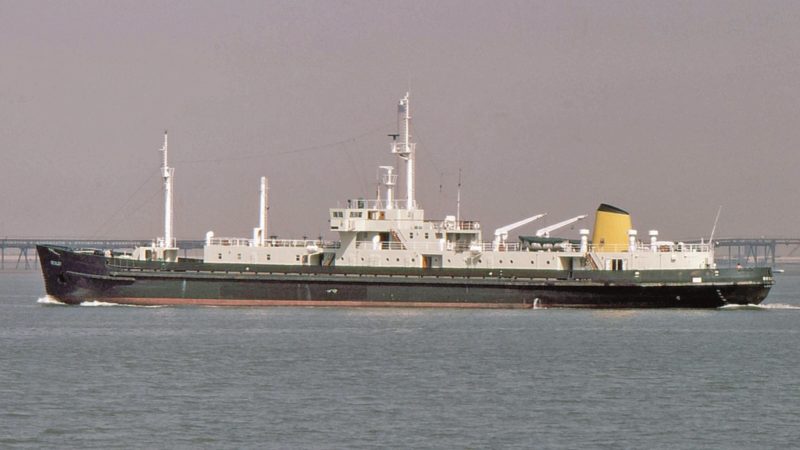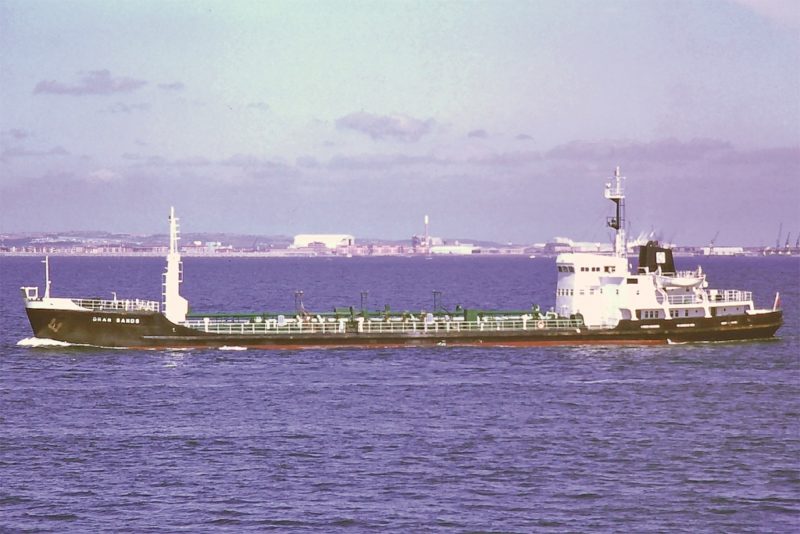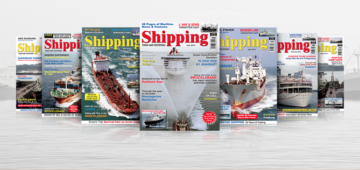A Matter of Disposal

The term “Bovril Boat” disappeared from nautical glossaries in the mid-1980s. It was a humorous slang anecdote, used due to perceived similarity in color of their cargo to a well-known beverage, applicable to those vessels which were engaged in carrying human waste and sludge to designated spoil dumping grounds off major river estuaries, originating from estuarial cities such as Glasgow, Manchester via the Ship Canal, the Tyne, London, and Southampton, to name but a few. It is not commonly understood what an important service these vessels provided to large coastal cities. Rather than being mocked by virtue of their slang name, these little ships were engaged in a serious and highly regulated aspect of the shipping world, not always fully appreciated, for the seeming unmentionable role for which they were specifically intended, ie the safe and controlled removal of solid waste and dispose of it in specific locations offshore, always on an ebb tide. The requirement of waste disposal originated due to the introduction of flush toilets in the 1840s. In London this caused their ageing sewers to overflow and create a serious health hazard, including cholera epidemics. Although this forced the redesign and improvement of the sewage systems it did not totally resolve the issues and was only partially satisfactory, as the sludge part of the human waste sewage began to build up on mud banks further downstream, on the rivers where large cities were situated.

The seriousness of the problem was aggravated when, in 1878, a passenger steamship, The Princess Alice, sank at Gallions Reach, on the River Thames, following a collision with a cargo vessel, with great loss of life. Many of the dead recovered from the water were found not to have drowned but rather had died from swallowing significant quantities of toxic human sludge-filled, river water. The public outcry from this incident triggered a Royal Commission to be convened in 1882, to review the matters applicable to human waste and sludge disposal. The Commission concluded that it was necessary to create cleaner rivers by separating the sludge part from the liquid sewage and remove it via ship, for disposal out at sea. As a result, the first ship of a long line of ‘pump and dump’ effluent tanker vessels was launched in 1887. These ships, later nicknamed by those who crewed them as “Bovril Boats” to describe their brown liquid cargo. These ships were superbly maintained, operated as hygienically as was possible, and specially designed for the management of liquid marine waste disposal functions. This concept of toxic human waste was quickly followed throughout the United Kingdom. The sludge carrier vessel Bexley (above) of 2,175 grt was built in 1966, built by Caledon Shipbuilding & Engineering Co. Ltd., Dundee for Greater London Council. She was used exclusively for carrying sludge to the ‘Black Deep’ disposal grounds in the River Thames estuary. She was powered by a twin-screw 2 x six-cylinder, four-stroke Ruston & Hornsby ATCM6 of 2,480 bhp. She had a service speed of 12 knots. In 1974 her ownership was transferred to the Thames Water Authority. In 1990 Thames Water Authority was privatised and re-incarnated as Thames Water Utilities Ltd. In 1999, after sludge-dumping was banned due to pressure from environmentalist groups, she was sold to Madeleine Maritime, Panama, name unchanged, under the Honduras flag. In 2001 she was sold for demolition by Indian breakers arriving at Mumbai on 27th August of that year.


Subscribe today to read the full article!
Simply click below to subscribe and not only read the full article instantly, but gain unparalleled access to the specialist magazine for shipping enthusiasts.




Comments
Sorry, comments are closed for this item